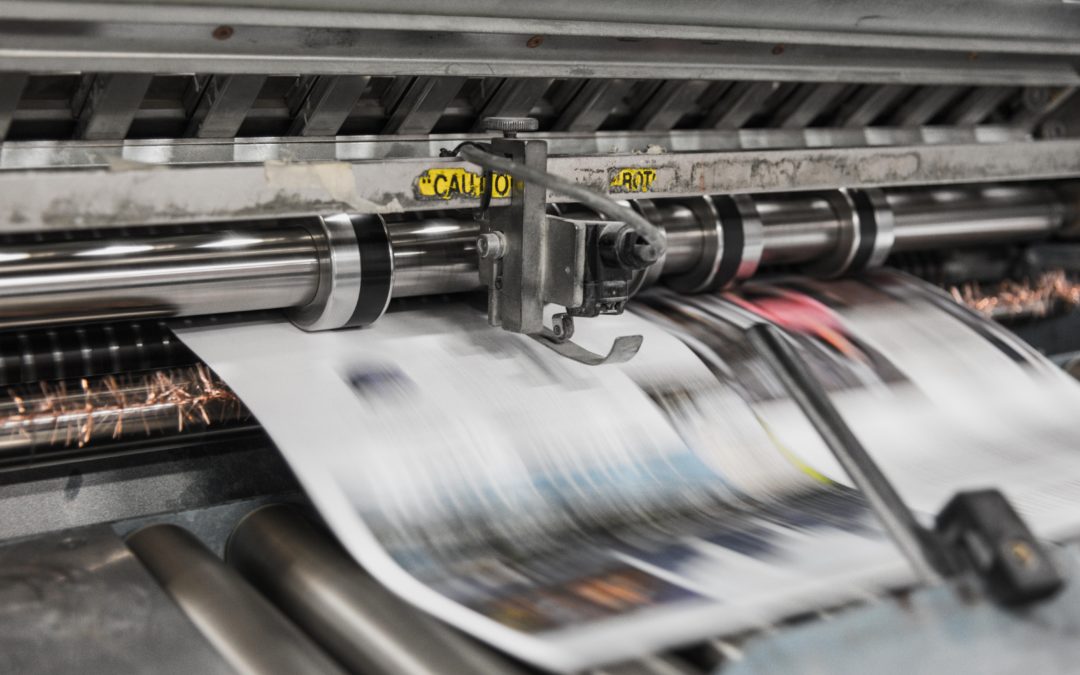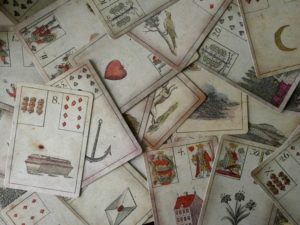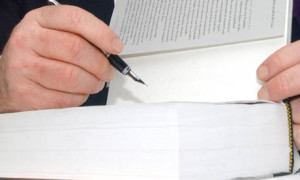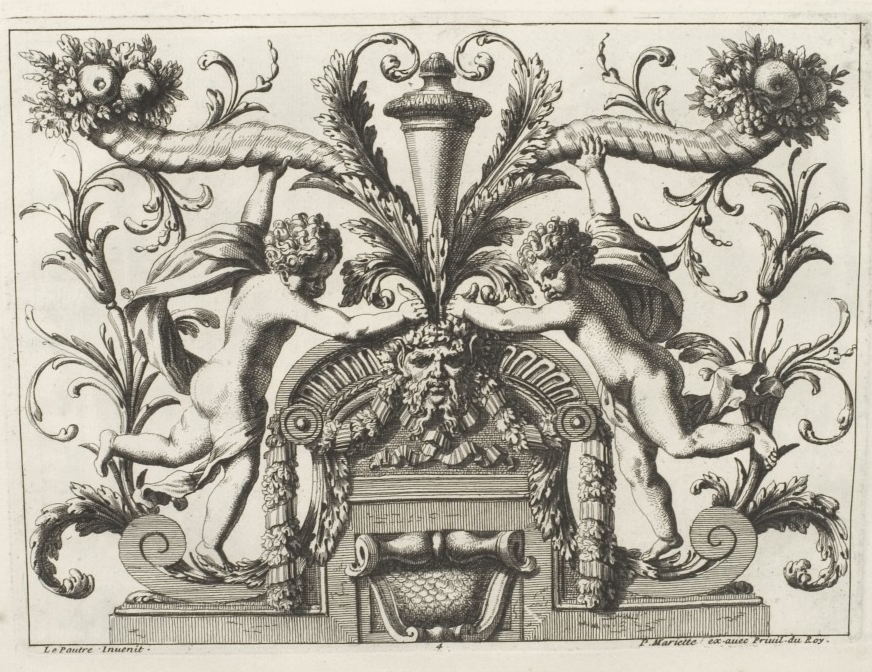
by Sandra Gulland | Mar 26, 2018 | Adventures of a Writing Life |
Because I publish only every four or five years, in spite of my best intentions — in spite of being at my desk virtually every day for hours! — I forget how fraught the publication process is.
The first sign of “nerves” is going into a tizzy over the cover. I virtually never go into tizzies, but this almost always happens over a cover! And then into a tizzy again over the jacket copy: is it ever just right? And then there are the discovered typos that must be corrected right up until the hour before the book, my baby, hits the press. (I imagine this as a violent collision, not a birth — how strange is that?)
And then: a long, long moment of silence (please, as for a memorial). The book is in print. My job is done.
Ha. Not quite. What’s to come is the scariest part, and that’s the worry, the thoughts of all the ways in which The Novel could have been better. (For it continues to live in motion in my mind.)
The memory of how rushed writing it had been at the end, and how — no doubt — readers will be disappointed. It will be beautiful to behold, I know — such a lovely cover now! — but will it enchant?
Enchantment does not come easy, especially these days.
And then, among the early reviews, I read:
I enjoyed this book so much that I’ve read it twice already!
This is from “Leslie U,” whom I do not know. I want to print this sentence on a banner and pin it over my desk. (Maybe I will.) It’s what I aspire to!
I breathe. Maybe it’s going to be all right. There will be readers who like The Game of Hope. Not everyone, I know, but some.
Leslie U goes on to say:
Being a fan of the Josephine B. Trilogy, I have been anticipating this novel from Ms. Gulland. Her tale about the life of Josephine’s teenaged daughter Hortense and her recovery in the wake of the French Revolution is both realistic and poignant. Roommates, letters home, teenage crushes and innocence brought it to life for me. I especially enjoyed the way the Lenormand Cards were woven throughout the novel. I’ve purchased a deck to play the Game of Hope myself!

Ah, the wonderful Game Of Hope. I often cast those cards as I was writing Hortense’s story.
Maybe I should cast them now, ask: How are you doing, Hortense?
{Photo at the top is by Bank Phrom on Unsplash.}
SaveSave
by Sandra Gulland | Dec 31, 2014 | Adventures of a Writing Life |

Memory snap-shot: my father at the kitchen table, leafing through an issue of the New Yorker. He turns the last page and pushes the magazine away. “I didn’t get a single one.”
“Anatomy of a New Yorker cartoon,” a Ted talk by Bob Mankoff, the magazine’s cartoon editor, is (of course!) quite funny. It is also insightful into how humour works, the creative process, and what it takes to succeed in getting something published.
The New Yorker receives around 1,000 cartoons each week, and only publishes about 17 of them. Mankoff himself had the first 1000 cartoons he submitted rejected. One thousand!
Step one for all creatives: collect 1000 rejections.
After years of making the New Year resolution to “get something published” — and failing every year — I decided that my resolution was the problem. The following New Year, I instead made the resolution to begin a collection of rejection letters, a collection that I intended to ultimately include a rejection from every literary magazine in North America.
I didn’t get very far, for — ironically — that was the year my Josephine B. Trilogy was accepted for publication. My many rejections had finally paid off.
An essential truth of the writing life is that the path to publication is paved with rejections. Perseverance is the key.
On that sobering note, enjoy a little New Yorker humour:
Happy New Year! May your 2015 be creative and fruitful.

In Mexico, Italy and elsewhere, one wears red underwear on New Year’s Eve, promising passion in the year ahead. Yellow signifies prosperity, so some wear both yellow and red.
What colour should a writer wear?
by Sandra Gulland | May 22, 2008 | Adventures of a Writing Life |

My husband can go in and out of an office supply store in 5 minutes. Not me. Yesterday I had the luxury of time, and I walked all the aisles, lingering. I did have a list: printer inkers, storage boxes (for packing away Mistress of the Sun notes), stick-on dots (for coding the research books on my shelves), but most importantly, a signing pen to use when signing my books.
When my first book was published, my husband gave me a beautiful Waterman fountain pen, which I treasure. But it proved challenging to use as a signing pen: it sometimes blotched, stained my fingers, and it could leak in-flight. Also, and most importantly, I had to carefully blot the signed title page before closing the book. In the beginning, when I had only few books to sign, I welcomed a time-consuming process. Now, when I’m signing as many as 40 books, I need to be more efficient.
What to look for in a signing pen
Recently, I stopped into a Chapters/Indigo store in Toronto, and offered to sign my books. I did not have a pen with me, and I was quickly offered a Sharpie. Well. Not that elegant, but— “They don’t blot,” the clerk told me. “Which is why we use them.” The other nice thing about a felt-tip marker, I later thought, is that you are given notice when it’s drying up—not like a fountain or ball-point pen that can quit mid-signature. Making a mess in a $30 book is not a good thing.
So I lingered long at the felt-tip marker section. It wasn’t an independent office supply store—the wonderful type of store where you can test the pens on a scrap of paper provided—so I purchased a selection, and headed north, to Petawawa Stables, where I had my horse to visit … and a book to sign.
 I’ve known Dawn and her mother Yvonne since before I began writing Mistress of the Sun. I used to take riding lessons there, and my horse, Finnegan, is wonderfully looked after there during the winter.
I’ve known Dawn and her mother Yvonne since before I began writing Mistress of the Sun. I used to take riding lessons there, and my horse, Finnegan, is wonderfully looked after there during the winter.
I was delighted to sign Yvonne’s book, a gift to her from Dawn. I had tested the markers in the car: the Sharpies, a medium tip, were too fat—a fine-point would be a better choice—but the blue Staedtler (1.0 Medium) worked quite nicely … if only I didn’t have to buy a set of eight in assorted colors to get that one blue.
I’ll be in New York soon, with time, I hope, for one of my favorite past-times: lingering in the aisles of an office supply store.
Afternote: I will have more to report on picking out a signing pen soon. Stay posted.
Photo: Finnegan and me, taken by Dawn Townshend at Petawawa Stables.

by Sandra Gulland | Mar 8, 2008 | Adventures of a Writing Life, Publication |
I sent out a newsletter this morning and was taken aback to discover that the lion’s share of the clicks went to this blog. I wasn’t sure that my house was in order.
Truth is, my house is in profound disorder! Having a book published is rather like having a baby – suddenly there is so much to do, and so little time. Suddenly there are waves of emotions and cherished moments with so many readers.
Once upon a time (surely I should begin a book that way one day), a German fan posted a review to Amazon in Germany. Through the wonders of the internet, I could have it translated. Basically what I learned was that she was chained to her chair and experiencing reading my book with voltage.
Once I got past the fear that she had electrocuted herself, once I understood that what she had said, in her native language, was that she was enraptured, I began to see the term “with voltage” not as a mistranslation, but as the true thing. The ideal reading experience is one that happens “with voltage.” And writing, as well.
And now, meeting the readers, I see it as yet another form of voltage. Writing a novel is an intimate act; reading a novel is likewise intimate. There is a very special connection between the writer and the reader – and meeting with readers this week and hearing of their profound connection to something I had created: this, surely, is voltage.
Image from BibliOdyssey.








